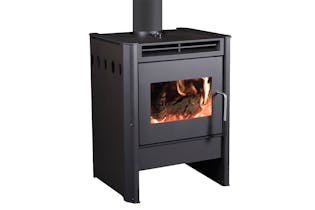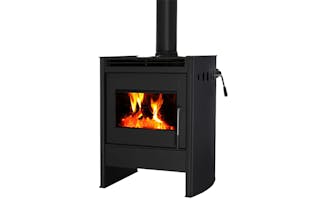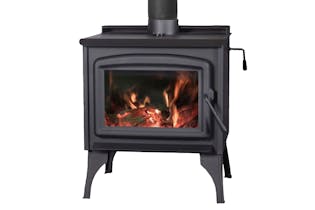Premium
Updated 4 April 2025
Firewood: How to get the best deal
We’ve compared prices for common types of wood up and down the country. Here’s how much you should expect to pay, as well as advice on when to buy firewood and how to avoid being sold short.
Plus, our firewood calculator lets you compare different quotes to find the best value for your money.

Prices vary, so check multiple suppliers
Want to read the full article?
- Thousands of expert product/service reviews
- Personal support through our Consumer Rights Advice Line
- Premium articles and in-depth buying advice
- Add a Consumer magazine for even more exclusive content
Burning and storing wood
Firewood cost-of-heat calculator
Want to read the full article?
- Thousands of expert product/service reviews
- Personal support through our Consumer Rights Advice Line
- Premium articles and in-depth buying advice
- Add a Consumer magazine for even more exclusive content
Measuring the amount of wood
Want to read the full article?
- Thousands of expert product/service reviews
- Personal support through our Consumer Rights Advice Line
- Premium articles and in-depth buying advice
- Add a Consumer magazine for even more exclusive content

More on woodburners
Find the best woodburner for your needs, learn how we test them and calculate the right size for your home.
We've assessed 143 woodburners.
Find the right one for you.



Member comments
Get access to comment